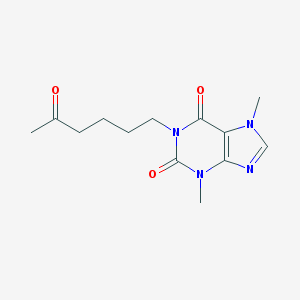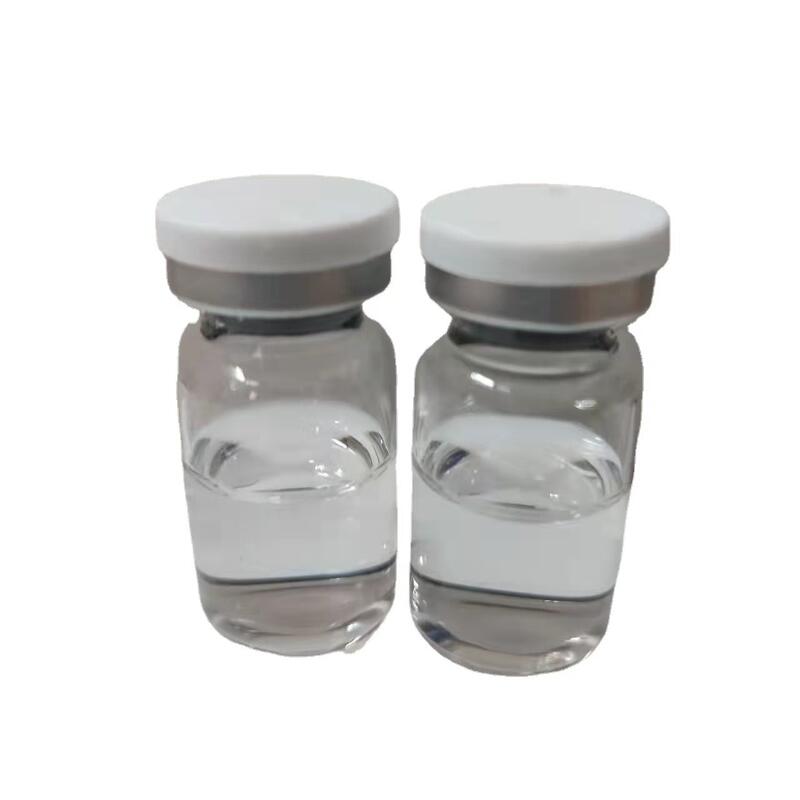-
Categories
-
Pharmaceutical Intermediates
-
Active Pharmaceutical Ingredients
-
Food Additives
- Industrial Coatings
- Agrochemicals
- Dyes and Pigments
- Surfactant
- Flavors and Fragrances
- Chemical Reagents
- Catalyst and Auxiliary
- Natural Products
- Inorganic Chemistry
-
Organic Chemistry
-
Biochemical Engineering
- Analytical Chemistry
-
Cosmetic Ingredient
- Water Treatment Chemical
-
Pharmaceutical Intermediates
Promotion
ECHEMI Mall
Wholesale
Weekly Price
Exhibition
News
-
Trade Service
The Use of (S)-1,2,3,4-tetrahydro-5-methoxy-N-propyl-2-Naphthalenamine in the Chemical Industry
(S)-1,2,3,4-tetrahydro-5-methoxy-N-propyl-2-Naphthalenamine, commonly known as rotigotine, is a synthetic chemical compound with a unique structure and properties.
This compound has been widely used in the chemical industry for various applications, and its versatility has made it an essential component in the production of several chemical products.
In this article, we will explore the use of rotigotine in the chemical industry and its properties that make it a preferred choice for various applications.
Properties of Rotigotine
Rotigotine is a synthetic chemical compound that belongs to the class of substituted naphthalenamines.
It has a unique structure that includes a pyridine ring fused to a naphthalene ring, and this structure gives rotigotine its distinct properties.
The compound has a high degree of polarity, and it is soluble in both water and organic solvents.
This solubility makes it a versatile chemical that can be used in a wide range of applications.
One of the most notable properties of rotigotine is its ability to act as a selective dopamine receptor agonist.
This property makes it an essential component in the treatment of Parkinson's disease, as it helps to increase the levels of dopamine in the brain, which is a neurotransmitter that is essential for the proper functioning of the nervous system.
Applications of Rotigotine in the Chemical Industry
Rotigotine is widely used in the chemical industry for various applications, and its versatility makes it a preferred choice for several production processes.
Some of the most common applications of rotigotine in the chemical industry include:
- Pharmaceuticals: As mentioned earlier, rotigotine is used in the treatment of Parkinson's disease, and it has also been found to be effective in the treatment of other neurological disorders such as restless leg syndrome.
Its ability to act as a selective dopamine receptor agonist makes it an essential component in the production of drugs that are used to treat these conditions. - Agrochemicals: Rotigotine is used in the production of agrochemicals, such as pesticides and herbicides, due to its ability to act as a selective herbicide.
This property makes it an effective ingredient in the production of herbicides that can target specific weeds without damaging crops. - Cosmetics: Rotigotine is used in the production of cosmetics due to its ability to enhance the texture and appearance of the skin.
It is used in various personal care products such as skin creams and lotions, and it is believed to have anti-aging properties. - Research: Rotigotine is an essential component in scientific research, particularly in the field of neurochemistry.
Its ability to act as a selective dopamine receptor agonist makes it a valuable tool for researchers who are studying the role of dopamine in the nervous system.
Conclusion
In conclusion, (S)-1,2,3,4-tetrahydro-5-methoxy-N-propyl-2-Naphthalenamine, commonly known as rotigotine, is a versatile chemical compound that is widely used in the chemical industry for various applications.
Its unique structure and properties make it an essential component in the production of pharmaceuticals, agrochemicals, cosmetics, and research.
Its ability to act as a selective dopamine receptor agonist is particularly noteworthy, as it makes it an essential component in the treatment of neurolog







